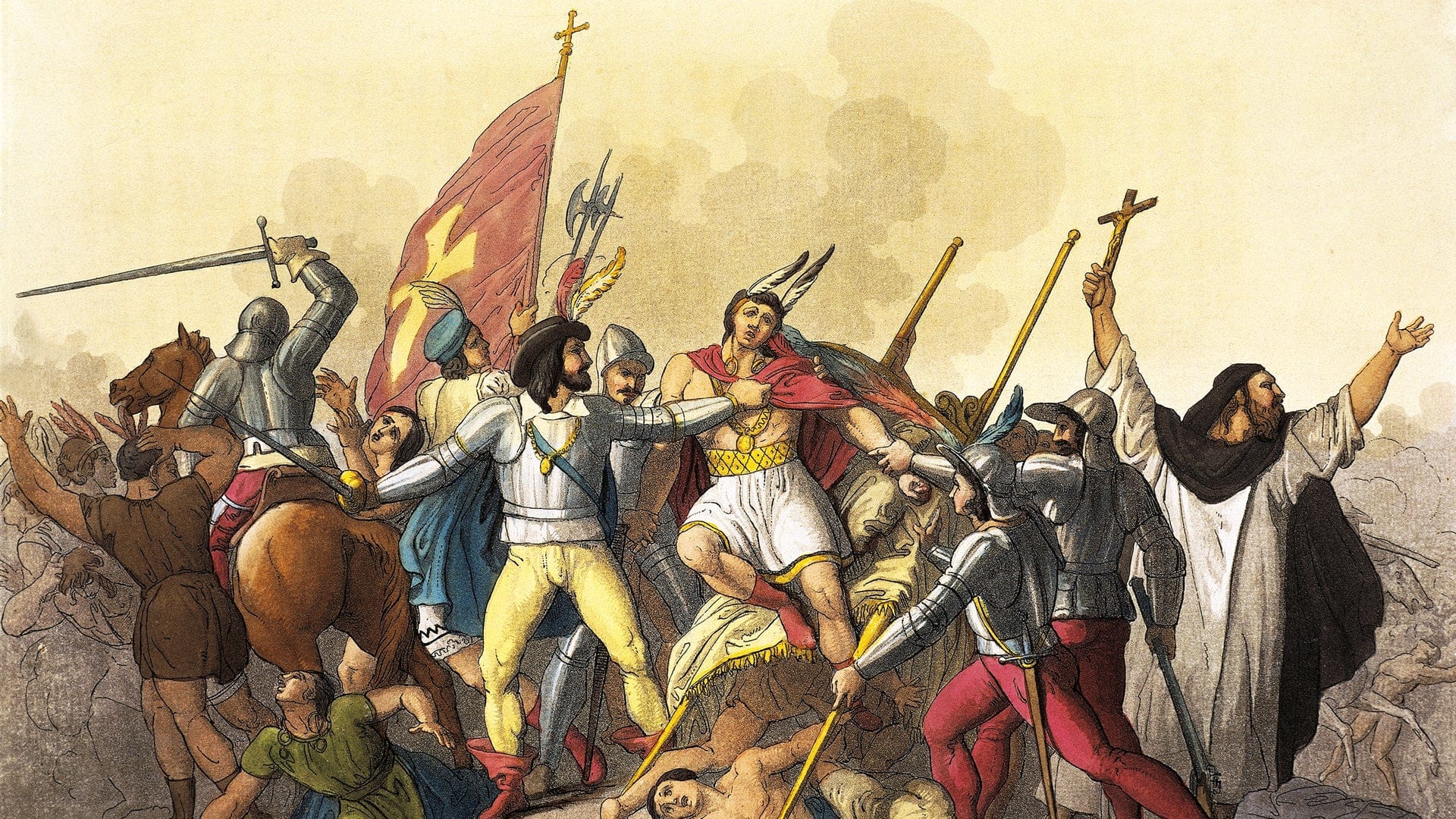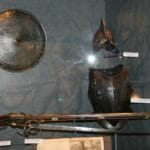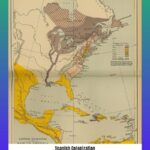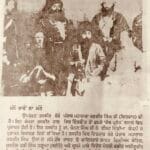The Allure of Inca Wealth
Whispers of a city of gold, El Dorado, drew Spanish conquistadors across the ocean to the Americas in the 16th century. Francisco Pizarro, fueled by ambition and greed, set his sights on the Inca Empire, a civilization renowned for its wealth and advancements. His arrival in 1532, however, coincided with a time of internal strife within the empire, a vulnerability Pizarro would ruthlessly exploit.
Atahualpa’s Gambit: A King’s Ransom
Through cunning tactics and superior weaponry, Pizarro captured the Inca emperor, Atahualpa, at the Battle of Cajamarca. Desperate to secure his freedom, Atahualpa made Pizarro an offer that seemed unimaginable: a room filled with gold, 24 feet long, 18 feet wide, and 8 feet high, and twice that amount in silver. The Inca people, loyal to their emperor, labored to meet this staggering demand, delivering a ransom that testified to their civilization’s wealth.
Betrayal and the Fall of an Empire
Despite receiving this king’s ransom, Pizarro, driven by paranoia and perhaps a deeper lust for power, betrayed Atahualpa. In 1533, he ordered the Inca emperor’s execution, an act that sent shockwaves through the empire and marked the beginning of its demise. The Inca, leaderless and reeling from the invaders’ brutality, could not withstand the Spanish onslaught. Their once-great civilization, weakened by internal divisions and outmatched technologically, crumbled under the weight of conquest.
The Fate of Pizarro’s Gold
Most of the gold Atahualpa surrendered was melted into bars and shipped back to Spain, transforming the nation into a European powerhouse. This influx of New World wealth fueled Spain’s economy and ambitions, but at a horrific cost. Legends, however, whisper that the Inca, anticipating their downfall, took precautions. Some believe that a final, even larger portion of Atahualpa’s ransom was hidden, kept from the conquistadors’ grasp. This enduring mystery of the “lost Inca gold” continues to fascinate, prompting expeditions and fueling the imagination for centuries.
Beyond the Legend: Pizarro’s Enduring Legacy
The story of Pizarro’s gold isn’t merely a historical footnote. It’s a cautionary tale, a stark reminder of the destructive power of greed and the human cost of conquest. While some view Pizarro as a bold explorer, others condemn him as a ruthless conqueror who destroyed a civilization for personal gain. This debate underscores the complexities of history and the enduring ethical questions surrounding colonialism, cultural destruction, and the pursuit of wealth.
The legend of Pizarro’s gold, perpetuated through books, documentaries, and even crossword puzzles (where “ORO,” the Spanish word for gold, often appears as a clue), continues to captivate us. It reminds us that the allure of treasure, the hunger for riches, has shaped the course of history, often with devastating consequences. While the exact location of Atahualpa’s full ransom might forever remain a mystery, its enduring legacy is a reminder of the power and peril that gold has held over humanity for centuries.
Delve deeper into the enigmatic history of Nikumaroro Island, Kiribati, where mysteries and legends intertwine. Explore the pictures of the Great Pyramid of Khufu and uncover the architectural marvels of ancient Egypt.
- Unveiling Bernhard Caesar Einstein’s Scientific Achievements: A Legacy in Engineering - July 15, 2025
- Uncover who is Jerry McSorley: CEO, Family Man, Business Success Story - July 15, 2025
- Discover Bernhard Caesar Einstein’s Scientific Contributions: Unveiling a Legacy Beyond Einstein - July 15, 2025














